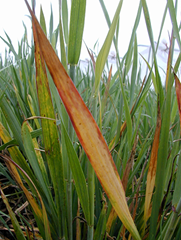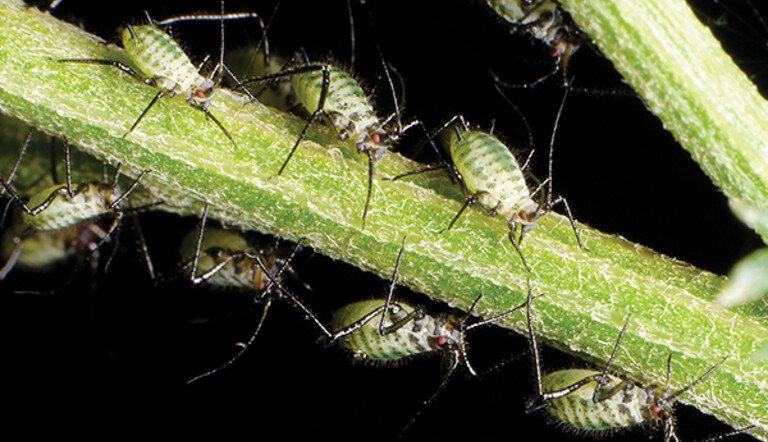
Aphids

Description:
- Piercing insects with a sucking mouth part – proboscis.
- Feed on sap of plants from the underside of the leaves and flower buds.
- Adults are pear-shaped and can range from green, gray, reddish in coloring.
- Key distinguishing feature: cornicles on their abdomen; “tailpipes”
- Aphids are typically 1-1.5 mm in length.
- Many different aphids can be found in Canada, but three species are problematic across the prairies.
- Bird Cherry- Oat Aphid – cereal crops
- English Grain Aphid – cereal crops
- Pea Aphid - field peas, chickpeas, lentils, and forage legumes
- Optimum temperature for aphid development is 23-28 ºC (most activity at the higher end).
English Grain Aphid - Courtesy of Gov. Manitoba
Pea aphids - Courtesy of Saskatchewan Pulse Growers
Damage: (caused by both nymphs and adults)
- Removal of sap and nutrients.
- Surplus sugars are excreted as ‘honey dew’ which can allow sooty mold to grow.
- Lost nutrients cause yellowing, stunting, distorted growth and loss of yield and grain quality.
- Aphids can act as a vector for viruses, including Barley Yellow Dwarf Virus
Barley Yellow Dwarf Virus - Courtesy of Michigan State University
Lifecyle:
Pea Aphids
- Over winter as eggs on leaves and stems of perennial legumes.
- Eggs hatch as wingless females which are capable of asexual reproduction (born ‘pregnant’).
- Once the aphid population builds (2nd or 3rd generation) winged aphids are produced who migrate to other areas with host plants.
- The winged individuals will feed, producing wingless offspring, until populations again build, and new winged aphids form to continue the cycle.
- Aphids reach maturity within 5-50 days depending on weather (populations can double in 2-3 days under ideal conditions).
- A female may produce 50-150 offspring during her lifetime.
- In the fall males are produced. Following mating, eggs are laid for the following year.
Cereal Aphids (Bird Cherry-Oat Aphid and English Grain Aphid)
- Not known to overwinter in the Canadian prairies but blow up from the US.
- These aphids feed on multiple cereal species, reproducing asexually all summer.
- These populations die off in the fall.
Economic Thresholds and Control Options
Pulse Crop Aphid Thresholds:
- Peas: 2-3 aphids per 20cm plant tip, or 9-12 aphids per sweep.
- Lentils: 30-40 aphids/sweep.
Scout when 50-75% of peas or lentils are in flower. Perform five sweeps (15” diameter net) in five random locations within the field, with each sweep encompassing a full 180º swing. If a sweep net is not available, check the top 20 cm of five plants from at least four locations within the field.
Cereal Aphid Thresholds:
- Small grains: 12-15 aphids/stems prior to soft dough stage.
- Canary seed: 10-20 aphids on 50% of stems prior to soft dough stage
Scout prior to soft dough stage, using either a 15” diameter sweep net or collect selected plants and tap onto a tray to knock off aphids. If numbers are high, collect 20 random stems and count the aphids, repeat at least five times across the field (ensure collection spots are at least 50m apart).
Control Options:
Contact products are highly effective, but systemic products are required for residual control.
ADAMA’s Portfolio:
| Product/Active Ingredient | Registered Crops |
|
SILENCER® 120 EC or ZIVATA™ /Lambda-cyhalothrin (Contact only) |
Lentils, peas, soybeans, seed alfalfa. *Not on label for aphid use in cereals. |
| CORMORAN®/Acetamiprid + Novaluron | Apples, potatoes, peppers, strawberries, brassica leafy crops group 5-13 and group 4-13B, sweet corn, bushberries |
***ALWAYS REFERENCE THE PRODUCT LABEL BEFORE USE***
Practical Tips:
- Aphids follow the flow of nutrients within the plant, with most individuals found in areas of new growth. Aphids present in ‘less nutritious’ regions (older tissues, woody stems) are an indicator of high population, likely at or past threshold.
- Natural predators (i.e., Ladybugs) can help control aphids, so be watchful for these insects.
- Rain can wash off aphids, but rarely more than 50% of the population. Given the rapid ability for populations to climb, rain should not be viewed as a control solution.
- Research has shown that applying insecticides at the early podding stages in peas (when 50% of plants have produced young pods) results in optimal control.
- The active ingredient in SILENCER® 120 EC and ZIVATA™ targets the nervous system of insects, specifically the sodium channel. Insect biology is such that the sodium channel is not active when temperatures are high. To achieve optimal efficacy, applications should be made when temperatures are at or below 25ºC.
Referenced literature and additional information:
Government of Manitoba. (2023). Aphids on peas: Factsheet. https://www.gov.mb.ca/agriculture/crops/insects/pubs/aphids-on-peas-factsheet-revised-june2023.pdf
Minister of Agriculture ad Agri-Food Canada (2018). Field Crop and Forage Pests and their Natural Enemies in Western Canada: Identification and Management. https://publications.gc.ca/collections/collection_2018/aac-aafc/A59-23-2018-eng.pdf
Saskatchewan Ministry of Agriculture. (2023). 2023 Crop Diagnostic Handbook. https://publications.saskatchewan.ca/#/products/118582
Saskatchewan Ministry of Agriculture. (2024). Guide to Crop Protection 2024. https://publications.gc.ca/site/eng/9.852934/publication.html
Related Products
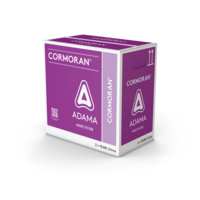
CORMORAN®
Multiple modes of action for codling moth control in apples and Colorado potato beetle control in potatoes as well as a wide range of other insects.
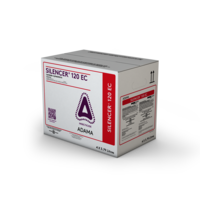
SILENCER® 120 EC
SILENCER® 120 EC controls a wide range of insects in field, tree fruit and horticulture crops.
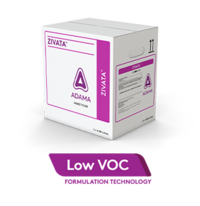
ZIVATA®
New choice in insect control giving you the same trusted results in a more sustainable and advanced formulation.


